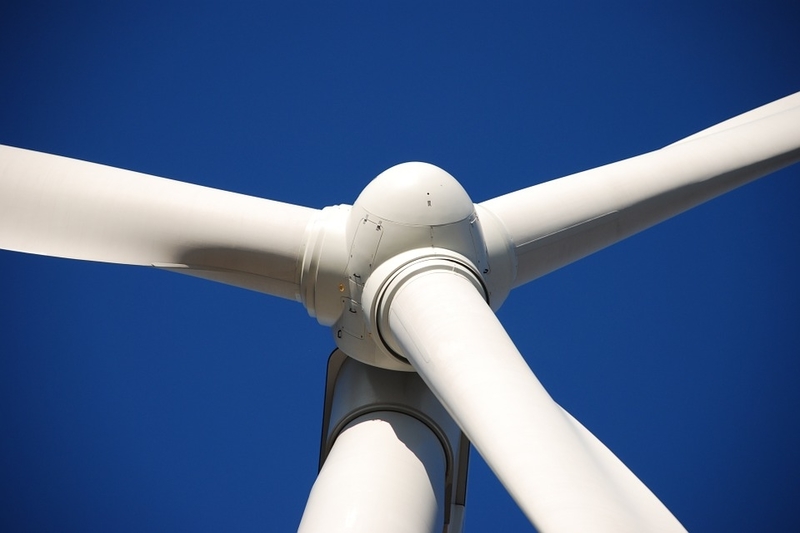
The
Ministry of New and Renewable Energy released a
press statement saying that the renewable energy segment in India is
steadily increasing without any major problems and that it is drawing in a lot
of international attention.
The press release stated that in the year 2016-17, India installed
an aggregate capacity of around 11,322 MW of renewable energy, and later in the
year 2017-18, the country installed an aggregate capacity of around 11,887 MW. Thus,
renewable energy installations are progressively increasing and do not appear
to be facing any major challenges at present.
On 19 July, the Ministry released a statement that said that by
the year 2022, the Government aims to install 40 GW (GigaWatts) of
grid-connected rooftop solar capacity in the country, including Delhi and the National
Capital Region (NCR). In June, the Ministry announced it aims to install a
short-term offshore wind energy target of 5 GW by 2022 and a medium-term target
of 30 GW by 2030.
The press release noted that there are
no reliable formal institutions that rank global renewable energy attractive indexes.
However, there are several private agencies that carry out these rankings;
according to them the renewable energy sector in India is consistently growing
and continues to remain appealing to investors from all across the world.
A total of around 69,784 MW
(MegaWatts) of renewable energy capacity has been installed in the country; including
around 34,145 MW from wind energy sources, around 21,651MW from solar energy,
around 4,486 MW from mall hydro-power and around 9,502 MW from bio-power energy.
According to the Global Wind Energy Council,
in 2017 a record of 4,331 MW of new offshore wind power was installed across
nine markets internationally, this is an increase of 95% from the 2016 market.
Overall, there are now 18,814 MW of installed offshore wind capacity in 17
markets around the world.
In the global offshore rankings, the UK is the world’s largest
offshore wind market and accounts for just over 36% of installed capacity,
followed by Germany in second place with 28.5% and China in third with just
under 15%.
The Ministry said that solar tariffs in India were
at an all-time low of INR ₹2.44 (about US $0.035) per unit in reverse auctions
carried out by Solar Energy Corporation of India (SECI) in May 2017, for 200 MW
and then in July 2018, for 600 MW; one of the largest local solar developers
won the contract for the 600MW Solar Photo Voltaic project.
The release said that the renewable
energy sector in India has drawn in a lot of international interest, however,
as at the stage of auction, the details regarding their fund tie-up for the
project are not required to be submitted, the Ministry has no information about
the capital structure or composition of the companies participating in the
renewable energy auctions. Thereby indicating the absence of any major
challenges to low solar tariffs in India.
The Government intends to install
175GW of renewable energy capacity by the year 2022 which includes 100 GW from
solar, 60 GW from wind, 10G W from biomass and 5 GW from small hydro capacity.
So far, 71.33 GW of renewable energy capacity has been installed in the
country.
In order to reach the target of 103.67
GW, an investment of around US $76 billion has been estimated at the present
capital cost which includes US $53.20 billion as debt and US $22.80 billion as
equity for the debt-equity ratio of 70:30 as per the Central Electricity
Regulatory Commission (CERC) norms.
















